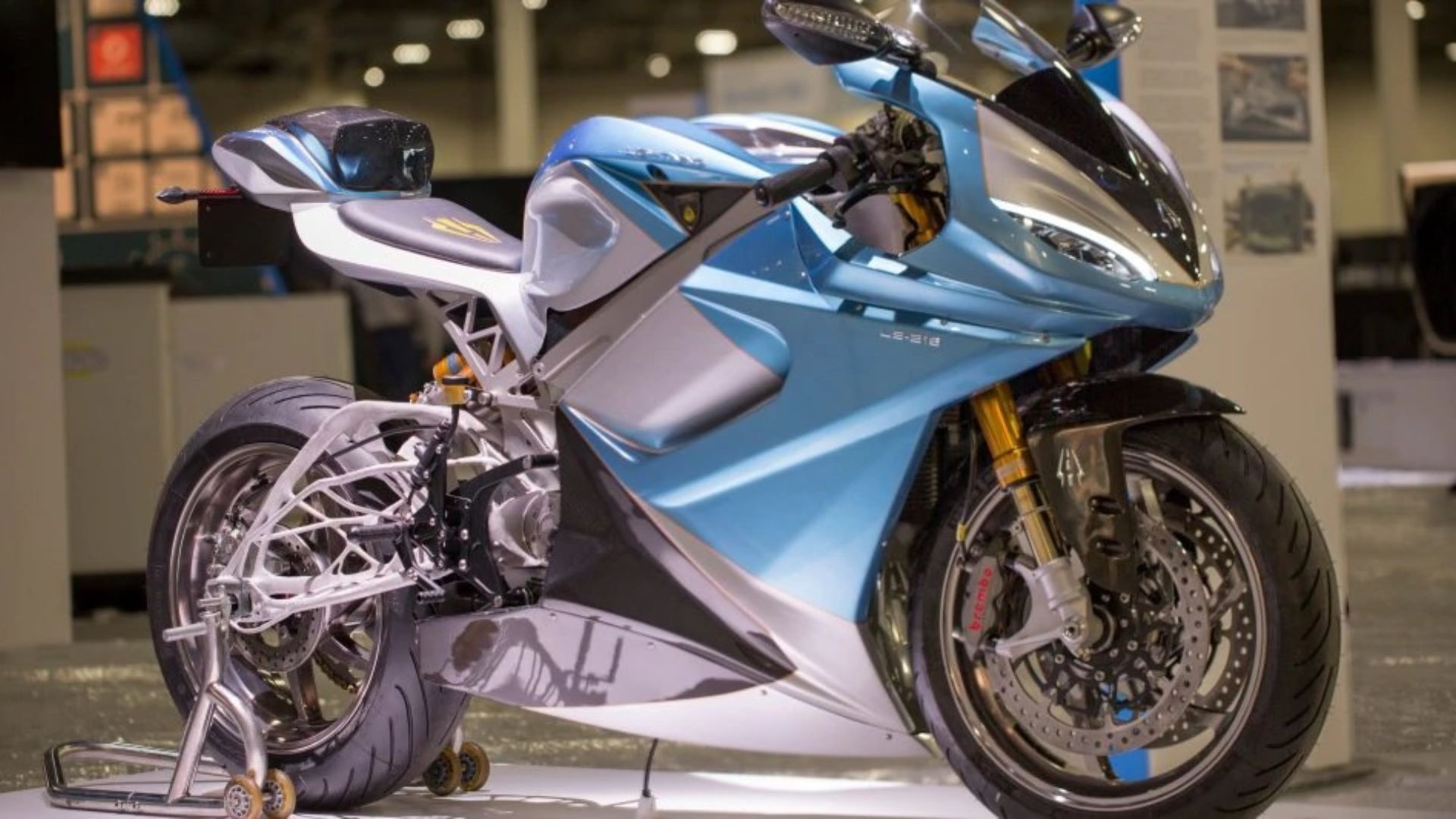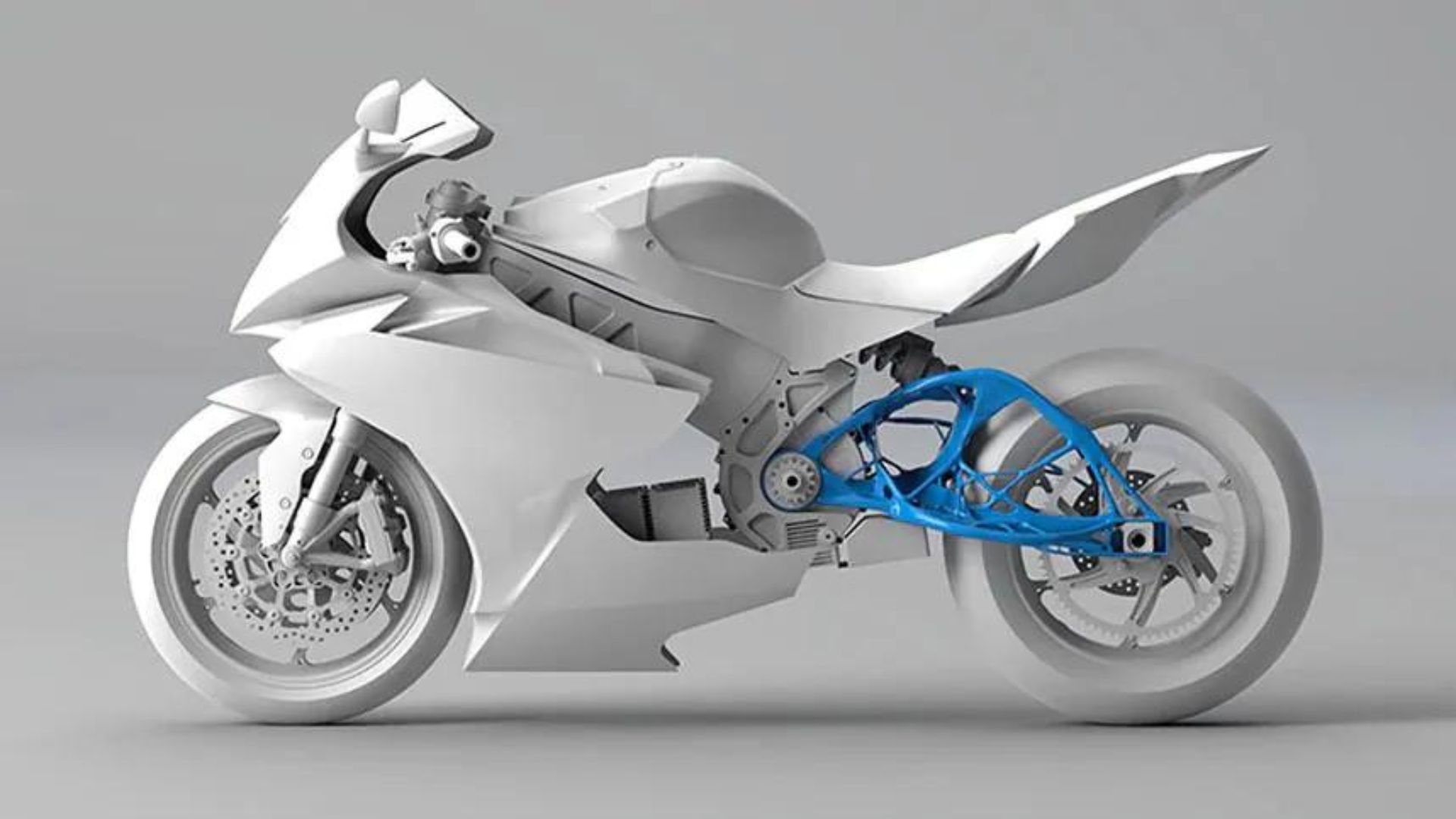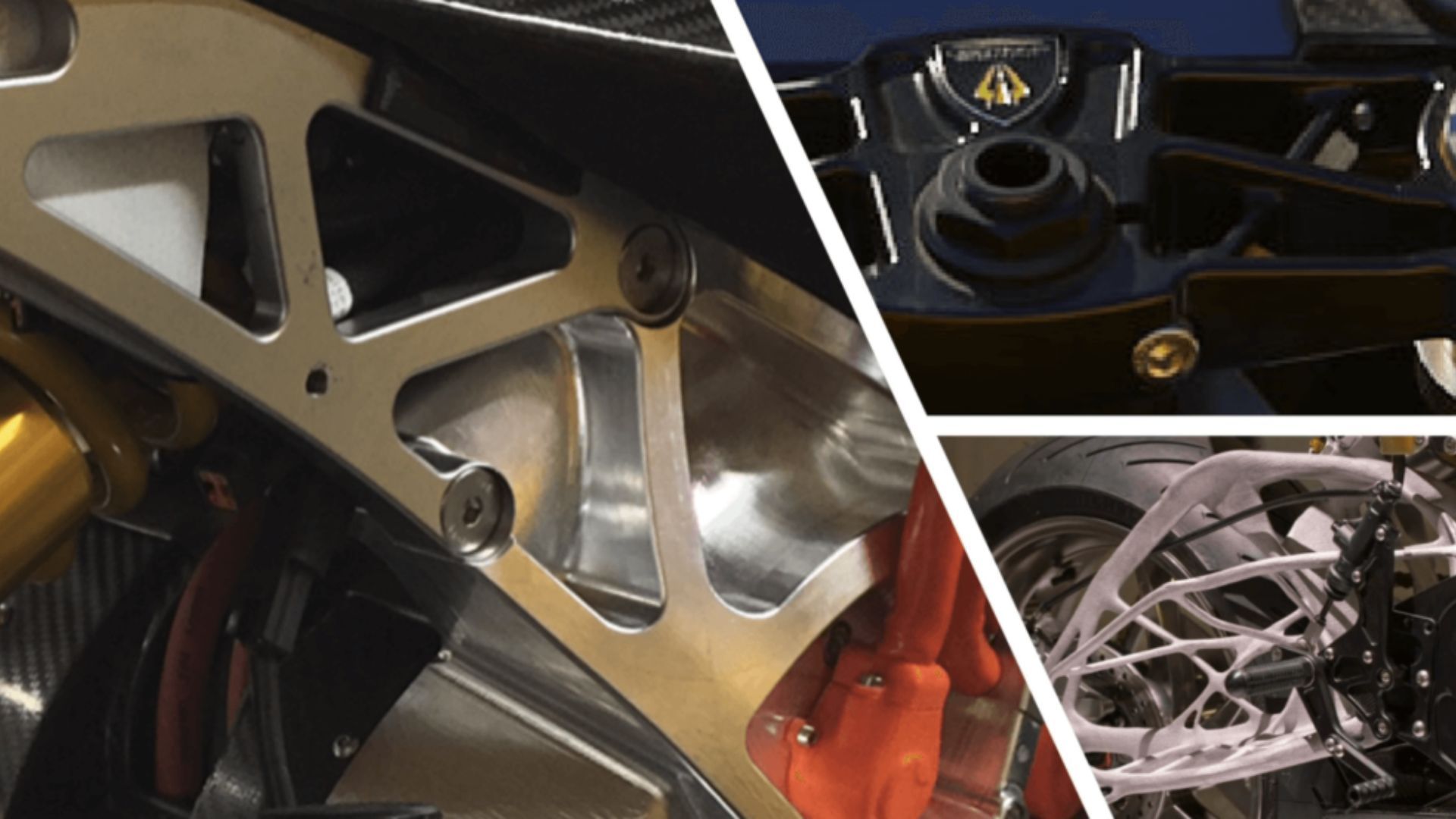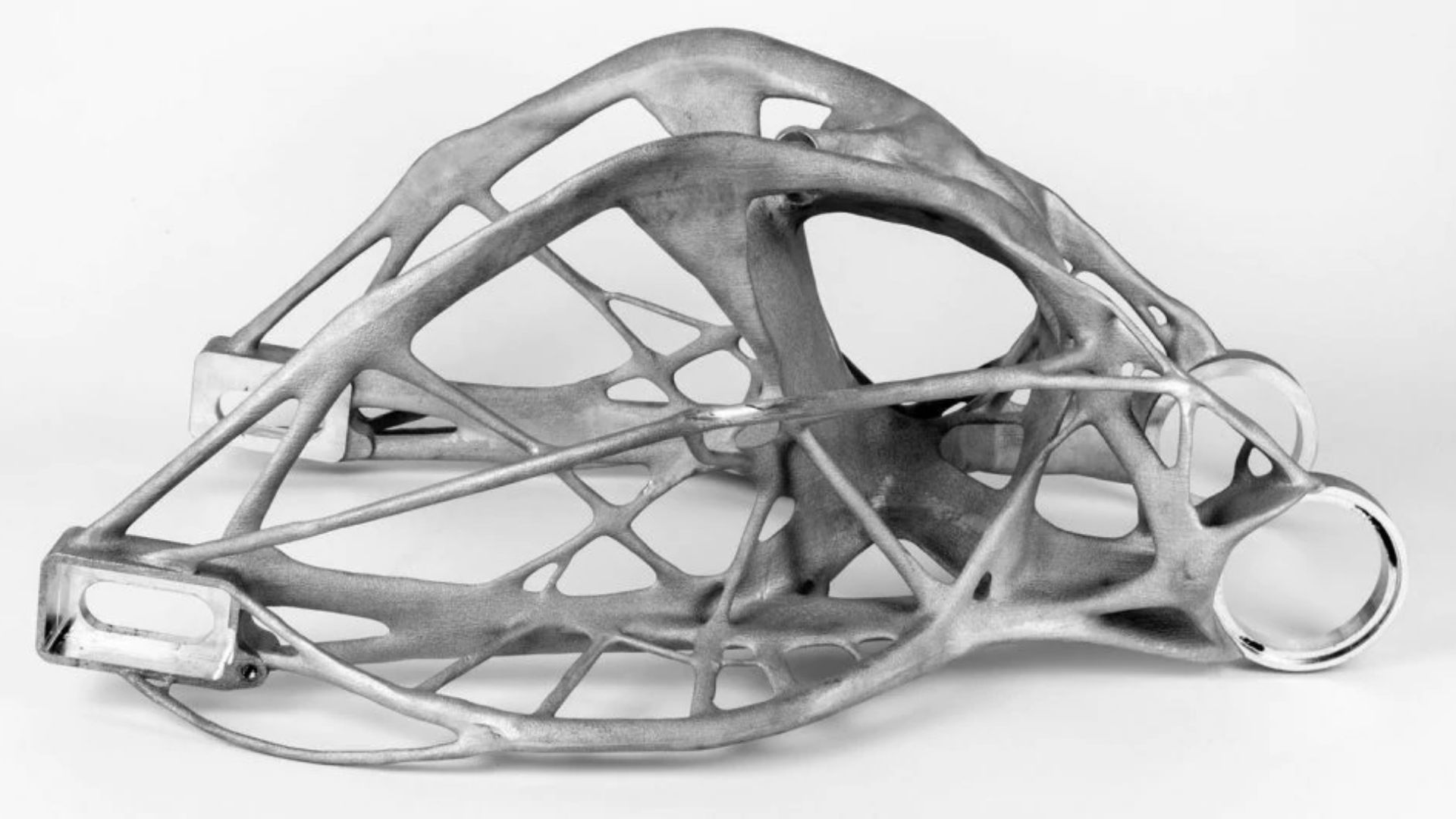As the world shifts to cleaner forms of energy for transportation, electric vehicles are paving the way with cutting-edge battery technology. Lightning Motorcycles has been in business for over 14 years and have built some of the most incredible high-performance electric motorcycles. Richard Hatfield founded the California-based company in 2006 with the goal of developing eco-friendly electric motorcycles that offer superior performance, efficiency, and affordability.
Along with strong performance, the company focuses on providing the best quality and an excellent value proposition for their electric motorcycles. Since its inception, the company has been smashing speed records in the realm of electric motorcycles. Their LS-218 was specifically built and manufactured to be the fastest production electric bike on the market when it was released in 2014.
The world has been buzzing about artificial intelligence in recent years, and it has revolutionized various kinds of industries, including the automotive industry. Lightning Motorcycles is not only making advances in cutting-edge battery technology, but it has also tapped into artificial intelligence for new ideas for its electric bike designs. Using AI technology and 3D printing, the Lightning LS-218 outpaced some of the gasoline-powered competitors and set new world records.
Lightning Partner With Autodesk For AI Technology
Lightning partnered with Autodesk, pioneers in design and engineering technology, to apply AI technology in their engineering design to create cutting-edge designs for its record-breaking electric motorcycles. The designs of the Lightning LS-218 components were created using Autodesk's latest AutoCAD computer-aided design software system, which employs AI-based generative design. The fundamental goal of the collaboration was to use AI technology to reduce component weight, increase component strength, minimize design time, and develop cost-effective manufacturing processes. As a result, it is intended to enhance the performance, battery range, and efficiency of Lightning's electric motorcycles.
Earlier, it would take days to produce three to four alternative designs for engineers using standard approaches. Using AI Generative Design software, however, hundreds of thousands of unique design alternatives can be generated in minutes. The software would generate several iterations of the design based on the engineers' input of various parameters and desired criteria. The engineers then optimized several alternative designs to meet the specifications to develop the final design.
Save Time And Manufacturing Costs With Generative Design
According to Lightning Motorcycles, the AI design system, when compared to traditional procedures, helps reduce development and material costs by optimizing the strength over the weight of bike components. The application of artificial intelligence in motorcycle engineering has numerous advantages. Additionally, using Generative Design boosts bike performance by reducing weight while also saving money and time. The company's design engineers were able to create numerous iterations of the designs by targeting a specific aspect in the shortest time period. Then, the many alternatives were optimized with generative AI software and fine-tuned the final prototype.
By using AI for design and 3D printing for prototypes, the company has been able to substantially reduce time and manufacturing costs. It also plans to use advanced materials like Niobium and innovative manufacturing methods. These advanced technologies enable the production of designs that were once believed to be impossible, pushing the limits of what can be engineered in the world of motorcycles.
LS-218 Organic Looking Swingarm With Reduced Weight
The first collaboration between the two involved developing a new swingarm for a higher performance version of the LS-218. The LS-218 is the fastest production electric motorcycle, with a top speed of 218 mph and a 0-60 mph time of less than two seconds. The bike weighs 495 pounds and features a liquid-cooled electric motor that produces 244 horsepower and 220 pound-feet of torque. It has a combined range of 188 miles per charge thanks to its 380V 15 kWh battery pack and prices start from $38,988. Additionally, Lightning offers optional battery upgrades of 20 kWh or 28 kWh to further enhance the range to 255 miles and 335 miles respectively.
The engineers were able to lower the weight of the original LS-218 swingarm by 20 percent while making it significantly stronger. The innovative swingarm built with Generative Design software appears more organic than the traditional generic-looking swingarms. Although the new design looks futuristic, it has the same three parts as the original design. The two end pieces, and a central component act almost as a torsional brace. Now engineers were able to include multiple-axis milling, 2-axis cutting, and die casting, along with the traditional additive and unrestricted manufacturing methods within the generative design.
The new lightweight swingarm design required less metal to be produced, thus saving on material costs. Furthermore, thanks to 3D printing, the prototype development and testing were done quickly, thus saving the time and materials that would have been required using traditional procedures.
Future Of Artificial Intelligence In The Motorcycle Industry
Lightning Motorcycles and Autodesk's collaboration shows how Generative AI Design can transform manufacturing processes, resulting in unique designs as well as enhanced performance. This will help Lightning create innovative and sustainable designs that can meet the growing demands of the electric motorcycle market. Artificial Intelligence has given a new perspective to the engineers to look beyond the traditional methods to improve performance, safety and efficiency. Although the implementation of AI in the automobile industry is still in its early stages, there is still much to be done to fully explore its capabilities.




